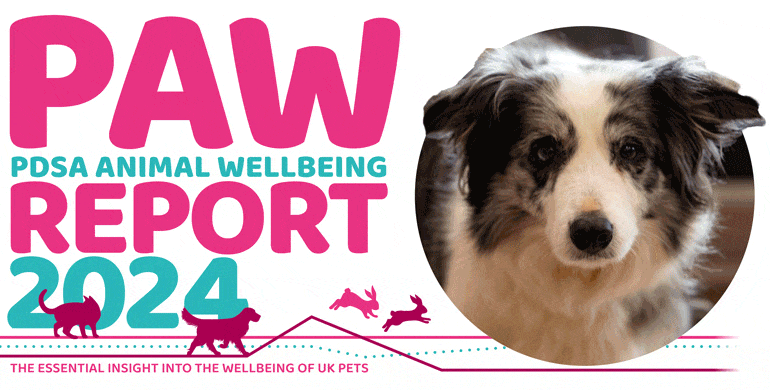
Concluding thoughts from our Director of Veterinary Services, Richard Hooker
Now in its 14th year, the PDSA Animal Wellbeing (PAW) Report provides vital insights into how owners care for their pets and the positive experiences pets can bring to their owners’ lives. Our findings have shown over the years just how much pets mean to their owners, and 2024 is no exception.
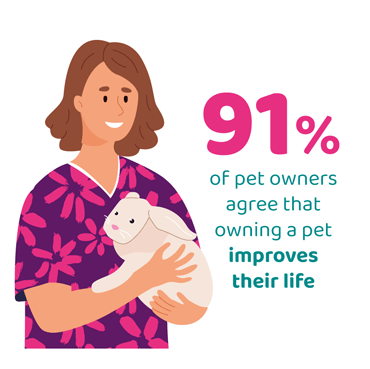
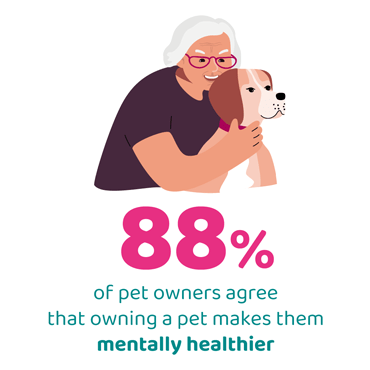
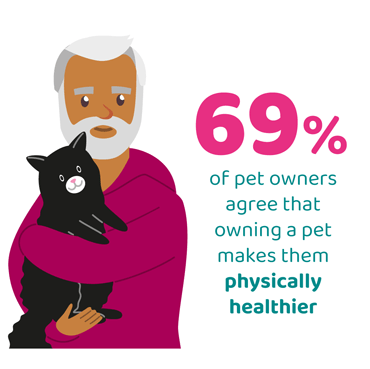
91% of owners tell us that owning a pet improves their life, increased from 90% in 2023, with 88% saying their pet makes them mentally healthier and 69% physically healthier. Yet, as we have highlighted since the first PAW Report in 2011, ‘love is not enough’ – our pets need to have their 5 Welfare Needs met to help them live happy and healthy lives. The UK Animal Welfare Acts introduced a legal duty of care requiring that owners or keepers provide for their animals’ welfare needs - but 18 years on, only 17% of owners have heard of the 5 Welfare Needs. This proportion has improved since we last asked the question in 2022, when it was 14%, but it is lower than in February 2020 (20%) and has fluctuated over the years. As in previous years, despite this low awareness of the 5 Welfare Needs, a high proportion of all owners tell us they feel informed about how to provide their pet with each of the specific areas, but is that enough, without having an understanding of the Welfare Need which lies behind what every pet needs to live a happy and healthy life?
The consistent methodology of the PAW Report over the last 14 years gives us an unrivalled opportunity to examine exactly how owners’ provision for their pets’ wellbeing has changed over time, with some interesting differences highlighted in 2024. We have seen how the dog population has grown over the years, but there are indications that the population of pet rabbits may be falling. Similarly, the rising proportion of ‘new’ pet owners seen since 2021 seems to have now stabilised, along with the proportion of pets, particularly dogs, acquired from abroad. We are also seeing some improvements in the proportion of owners who undertake research before acquiring their pet. This is a vital step for any prospective owner to take to ensure they understand whether they can provide appropriately for their chosen pet’s needs. It highlights the continued importance of education campaigns to raise awareness and understanding of this, along with other human behaviour change interventions in order to effect real and lasting change. Other trends reflect what we have been seeing since the first Report in 2011, such as the increasing proportion of cats living an indoor only life.
Sadly, some concerning trends remain stubbornly unchanged. A disappointingly high number of rabbits still live alone, and this hasn’t changed significantly since 2020, alongside the proportion who live in inadequate accommodation. The proportions of dogs and cats receiving preventive healthcare have also shown little change for the most part, though maybe this should be seen in a positive light – even though the high cost of living continues to cause financial anxiety for many, owners are still providing for their pets’ preventive healthcare needs. More positively, we continue to see an improvement in the diets rabbit owners give to their pets, with a higher proportion feeding a suitable amount of hay.
The data from the PAW Report allow us to view these changes over time, providing an accurate picture of how trends are developing and whether any interventions are having the desired impact overall. Alongside this analysis of trends, every year the PAW Report brings us new and interesting findings and the 2024 Report is no different. Novel findings this year include the amount of sleep dogs are getting and how this relates to their behaviour, the behaviours rabbits show and how cats’ behaviour is linked to their environment. Looking at these findings together with all our other data gives us insights into what more can be done to improve the welfare of the UK’s pets.
PAW Report data allow us to assess the impact of animal welfare legislation, such as the compulsory microchipping of cats in England from June 2024. When the same legislation was introduced for dogs in 2016, we saw a corresponding increase in the proportion of dogs who were microchipped in subsequent years, although this has decreased in 2024. It will be interesting to see in future years if a similar picture emerges in cats. Our 2024 Report also provides us with an estimate of the population of XL Bully dogs in the UK, essential to inform future policy discussions and track the impact of the new legislation that adds them to the banned breeds list.
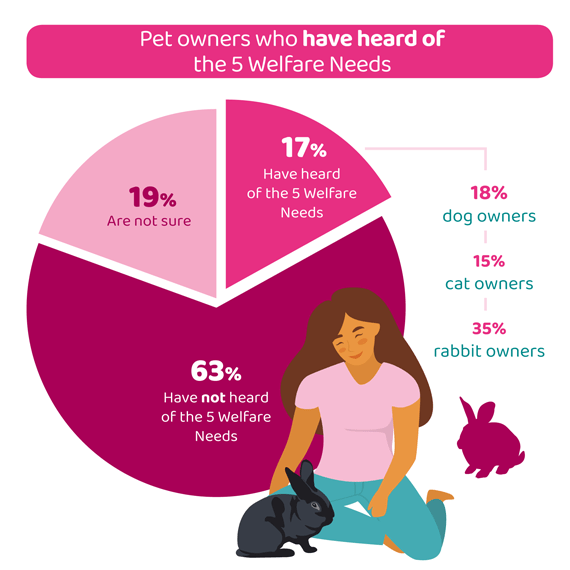
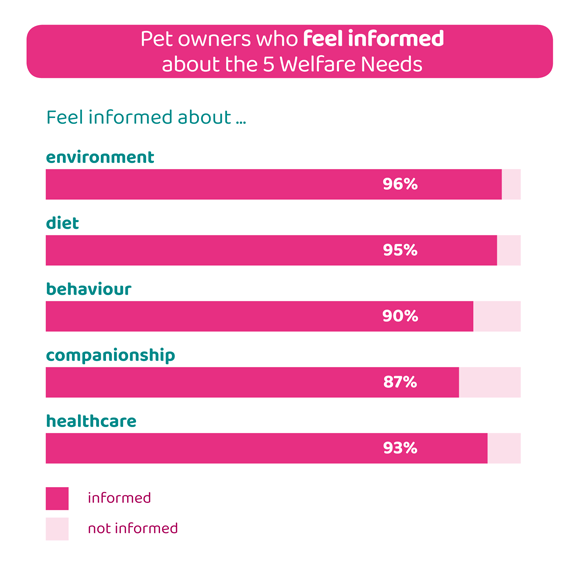
The PAW Report provides insight into welfare issues that need addressing amongst our pet population, and a means of measuring the overall changes that may result from any interventions. It demonstrates PDSA’s commitment to producing high quality evidence on how well the UK’s pet dogs, cats and rabbits are having their 5 Welfare Needs met and conveys the importance of our work with many partners in the veterinary, animal welfare and pet industry sectors in continuing to drive positive change.
Every year the PAW Report shows us ways we can all work together to improve the wellbeing of the UK’s pets. The Pet Education Partnership exemplifies this collaborative spirit by bringing together eight of the UK’s leading animal welfare charities, united by a shared mission: To make animal welfare education available and accessible to every child aged between 5-11 in the UK. This alliance uses the unique strengths and resources of each organisation, creating a powerful union that amplifies their collective impact. By working together, these charities are able to reach a wider audience, fostering a deeper understanding of responsible pet ownership among the younger generation, creating online resources and tools that make learning about animal welfare accessible to all, and providing educators with a central platform for all animal welfare education. The partnership’s joint efforts not only enhance the effectiveness of their individual programmes, but also ensure a more cohesive and far-reaching approach to animal welfare education, ultimately striving to create a more compassionate and informed society.
We hope reading it will serve as encouragement to all those working to improve pet welfare. It showcases the positive impacts made possible when we collaborate with a common goal and provides clarity and insight around issues which need urgent action to improve the lives of our beloved pets.


Richard Hooker BVMS (Hons), MRCVS, PDSA Director of Veterinary Services


